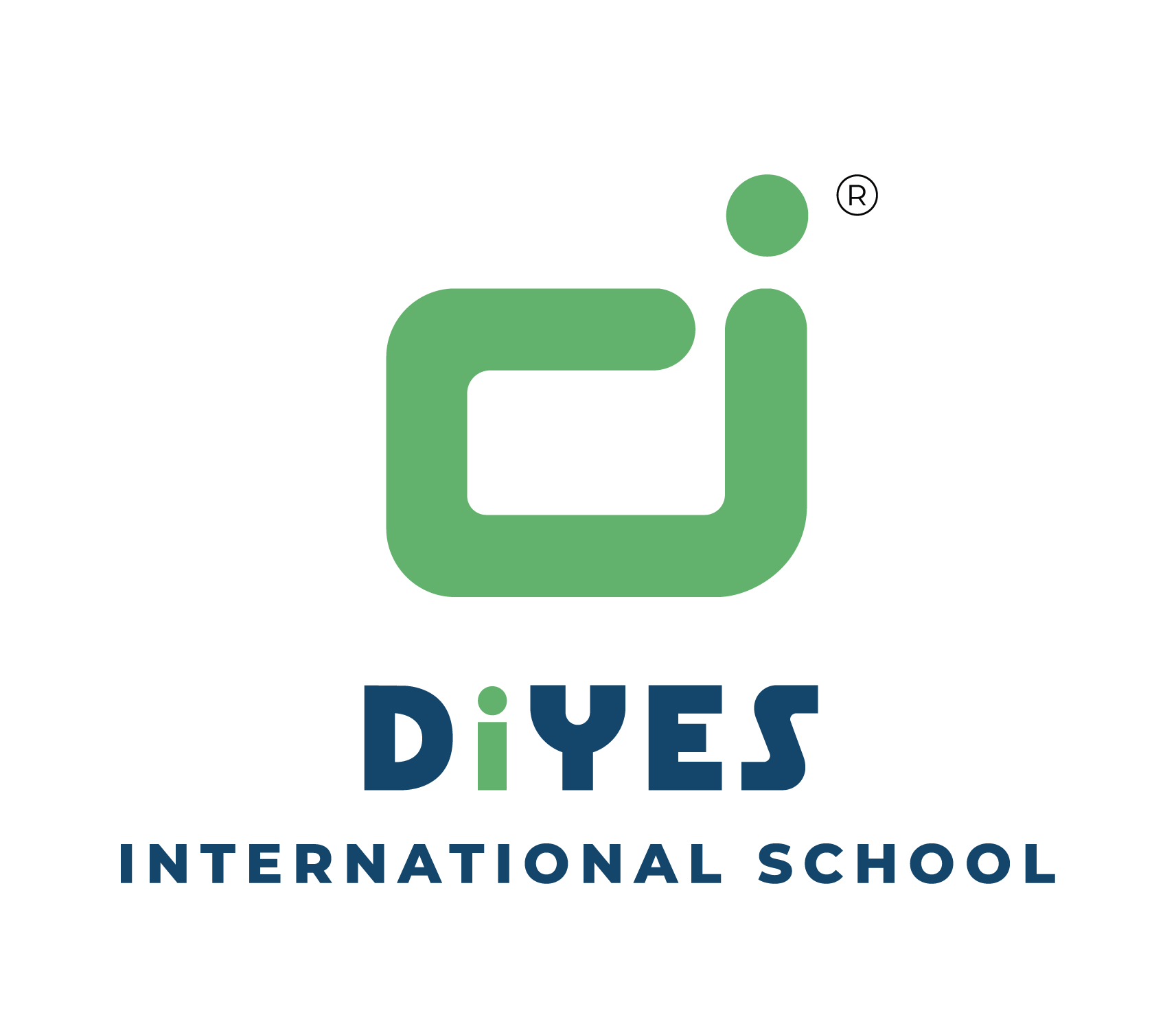In today’s educational landscape, academic milestones like alphabet recitation and numerical proficiency often take centre stage, leaving the creative potential within a child’s right brain overlooked. This blog explores the concept of right-brain learning, emphasizing the untapped power of photogenic memory and the limitations of rote memorization in traditional education. It highlights the unique nature of right-brain development and practical strategies for parents and educators to promote right-brain learning, including art exploration, music engagement, storytelling, outdoor play, and responsible screen time management.
Furthermore, it discusses the lifelong benefits of right-brain learning, such as enhanced creativity, improved emotional intelligence, artistic expression, and adaptability. By nurturing right-brain development, children are empowered to excel in a dynamically evolving world, embracing imagination, innovation, and emotional intelligence.
The Unique Nature of Right-Brain Learning
Right-brain learning represents a paradigm shift in education, as it acknowledges and values a diverse range of skills that extend beyond the confines of rote memorization and left-brain dominance. It taps into a child’s innate creativity, artistic talents, and emotional intelligence, recognizing these as equally essential components of their cognitive development. Unlike left-brain learning, which can be effectively imparted in a group setting, the development of right-brain abilities often thrives when children receive one-on-one attention.

Right-brain learning provides an individualized approach to education, empowering each child to explore their unique creative talents and maximize their photogenic memory’s potential. By embracing right-brain learning, educators can create an environment that encourages students to think critically, solve problems creatively, and communicate effectively. This approach not only enriches the learning experience but also equips students with skills that are invaluable in navigating the complexities of the modern world.
The Pitfall of Rote Memorization
In the conventional educational paradigm, there is an inherent and often disproportionate emphasis on left-brain learning. This emphasis revolves around activities and processes that primarily encompass logical reasoning, analytical thinking, and the acquisition of factual knowledge. These cognitive skills are undeniably valuable, forming the cornerstone of many academic pursuits. Yet, an overreliance on left-brain learning can inadvertently stifle a child’s creative potential and hinder their holistic development.
One of the critical issues associated with traditional education is the heavy reliance on rote memorization. Students are frequently tasked with memorizing vast amounts of information, from historical dates to mathematical formulas, with the goal of regurgitating this knowledge during examinations. While memorization has its place in learning, an educational system that disproportionately prioritizes this left-brain activity risks overshadowing the nurturing of right-brain abilities. This skewed emphasis on memorization can potentially impede children from exploring their imaginative and innovative capacities, which are vital for adapting to an ever-evolving world.
Practical Ways to Encourage Right-Brain Learning:
In our quest to nurture the right brain’s creative potential, we delve into the practical strategies that parents and educators can employ to foster holistic development in children. These strategies focus on engaging children in activities that stimulate their right-brain faculties, allowing them to explore, create, and innovate in ways that transcend traditional left-brain learning.
1.Exploration Through Art: Encouraging your child to explore diverse forms of art, such as drawing, painting, and sculpture, is instrumental in fostering right-brain development. Providing them with the necessary art supplies and granting them the freedom to unleash their imagination in the creative process will substantially enhance their right-brain faculties.
Art activities like painting and drawing also enhance fine motor skills, hand-eye coordination, and attention to detail, further supporting right-brain development. Additionally, art can be a valuable tool for emotional expression, helping children communicate and process complex feelings and fostering emotional intelligence.
2.Music and Movement: Introduce your child to the world of music and encourage them to engage in activities like dancing or learning to play musical instruments. Music is renowned for engaging both hemispheres of the brain, amplifying creativity, and instilling a profound appreciation for the arts.
Learning to play a musical instrument not only stimulates creativity but also teaches discipline, patience, and perseverance, offering a holistic developmental experience. Engaging in group musical activities, like singing in a choir or playing in a band, encourages teamwork and social skills while honing right-brain functions. Moreover, music transcends language barriers, exposing children to diverse cultures and broadening their understanding of the world, fostering global awareness.
3.Storytelling and Imagination: Cultivate your child’s imaginative faculties through storytelling and imaginative play. Engaging in these activities stimulates the creative functions of the right brain, enabling your child to conjure vivid mental images and invent captivating narratives. Encouraging children to invent their stories or imagine alternate scenarios in familiar stories nurtures critical thinking and the ability to see multiple perspectives.
Storytelling can enhance language development, vocabulary, and comprehension, offering cognitive benefits alongside creative stimulation. Furthermore, engaging in imaginative play, such as pretending to be characters or creating make-believe worlds, enhances problem-solving skills and flexibility of thought.
4.Nature and Outdoor Play: Spending time in nature and engaging in unstructured outdoor play also nurtures right-brain development. The natural world provides boundless opportunities for your child to engage their creative faculties, sparking a profound connection with the environment. Exploring nature allows children to develop a sense of wonder, curiosity, and appreciation for the environment, fostering ecological consciousness.
Outdoor play often involves unstructured activities, encouraging children to use their creativity to invent games, explore, and interact with their surroundings. Nature offers opportunities for sensory-rich experiences, from feeling different textures to observing wildlife, enriching children’s sensory perception and grounding them in the natural world.
5.Limit Screen Time: While technology is undeniably valuable, excessive screen time can impede right-brain development. Strive to strike a balance between digital and real-world experiences, ensuring that your child has ample opportunities for hands-on, sensory-rich encounters. Setting clear boundaries on screen time helps children develop self-regulation skills as they learn to manage their use of technology responsibly.
Reducing screen time can improve sleep quality, attention span, and overall mental well-being, promoting a balanced lifestyle. Encouraging outdoor activities and real-world interactions as alternatives to screen time not only supports right-brain development but also fosters healthier social connections.
The Untapped Power of Photogenic Memory
The innate ability of young children to remember objects or recognize people they encountered as babies is nothing short of astonishing. This phenomenon can be attributed to what expert’s call “photogenic memory,” a cognitive function that enables individuals to remember images or objects with remarkable precision after brief exposures.

When considering photogenic memory, one cannot help but wonder about its profound implications for learning and development. It opens a window into the incredible potential of the human mind, particularly during the formative years. As children transition from infancy to early childhood, their brains are like sponges, soaking up a vast array of experiences, images, and sensations. Understanding and leveraging photogenic memory during this phase can set the stage for enhanced learning, creativity, and cognitive abilities as they grow and progress through their educational journey.
In essence, it’s as if a mental snapshot is taken, imprinted in the memory with astonishing clarity. This innate capability is most pronounced in infants and young children, making early childhood a critical period for harnessing and nurturing this extraordinary facet of memory.
The Lifelong Benefits of Right-Brain Learning:
Embracing right-brain learning during a child’s formative years lays the foundation for a lifetime of advantages. Beyond nurturing creativity and artistic expression, it equips individuals with invaluable skills, including enhanced emotional intelligence and adaptability. In this section, we delve deeper into these lifelong benefits, exploring how they shape individuals and empower them to thrive in an ever-changing world.
Enhanced Creativity: Right-brain learning cultivates creativity, enabling individuals to envision innovative solutions, approach challenges with fresh perspectives, and think outside the conventional boundaries. This enhanced creativity extends beyond problem-solving; it infuses all aspects of life, from personal hobbies and interests to professional pursuits.
Creative individuals often find unique ways to address complex issues, making them valuable contributors to various fields such as entrepreneurship, technology, and the arts. Moreover, creativity brings joy and fulfilment, enhancing the quality of life by allowing individuals to see beauty and possibility in everyday experiences.
Improved Emotional Intelligence: Nurturing the right brain bolsters emotional intelligence, equipping individuals with the ability to recognize and manage their emotions effectively while empathizing with others. This heightened emotional awareness leads to healthier relationships, effective communication, and conflict resolution skills. Individuals with strong emotional intelligence tend to be more resilient in the face of adversity, as they can navigate challenges with emotional maturity. Furthermore, emotional intelligence contributes to mental well-being by reducing stress and promoting overall psychological health.
Artistic Expression: Embracing right-brain learning often leads individuals to discover profound joy and fulfilment in artistic pursuits such as painting, music, creative writing, and dance, enriching their lives with meaningful forms of expression. Beyond the enjoyment of creating art, artistic expression allows individuals to communicate their thoughts, feelings, and experiences in unique and profound ways.
This form of self-expression serves as a therapeutic outlet, enabling individuals to process emotions, reflect on life’s complexities, and find solace in the act of creation. Moreover, it can foster a sense of belonging and connection within artistic communities, enriching social interactions.
Adaptability: Right-brain thinkers tend to be more adaptable, resilient in the face of change, and comfortable with ambiguity. These attributes position them as well-prepared individuals capable of thriving in the dynamically evolving modern world. The ability to embrace change and uncertainty with confidence is a hallmark of right-brain development.
This adaptability extends to various life situations, from career transitions to personal challenges. Right-brain thinkers often display a growth mindset, viewing setbacks as opportunities for learning and growth, ultimately leading to increased resilience and success in an ever-changing global landscape.
Conclusion:
In a world that frequently prioritizes left-brain learning and rote memorization, it is imperative not to underestimate the transformative potential of right-brain learning and creativity. By nurturing your child’s photogenic memory and encouraging artistic expression, you empower them to evolve into imaginative, innovative, and emotionally intelligent individuals. Embrace the distinctive facets of right-brain learning and witness the flourishing of your child’s boundless potential.
DiYES International School is at the forefront of promoting holistic education that values right-brain development alongside traditional academic skills. By recognizing the significance of creativity, emotional intelligence, and individualized learning, DiYES International School empowers students to become well-rounded, adaptable, and compassionate individuals who are prepared to thrive in a rapidly changing world. To delve deeper into what DiYES International School offers and represents, we encourage you to visit our website, accessible at www.diyesinternational.edu.in. If you prefer a more individualized interaction and wish to engage in direct conversation, please don’t hesitate to reach out to us at +91 8547609000.


